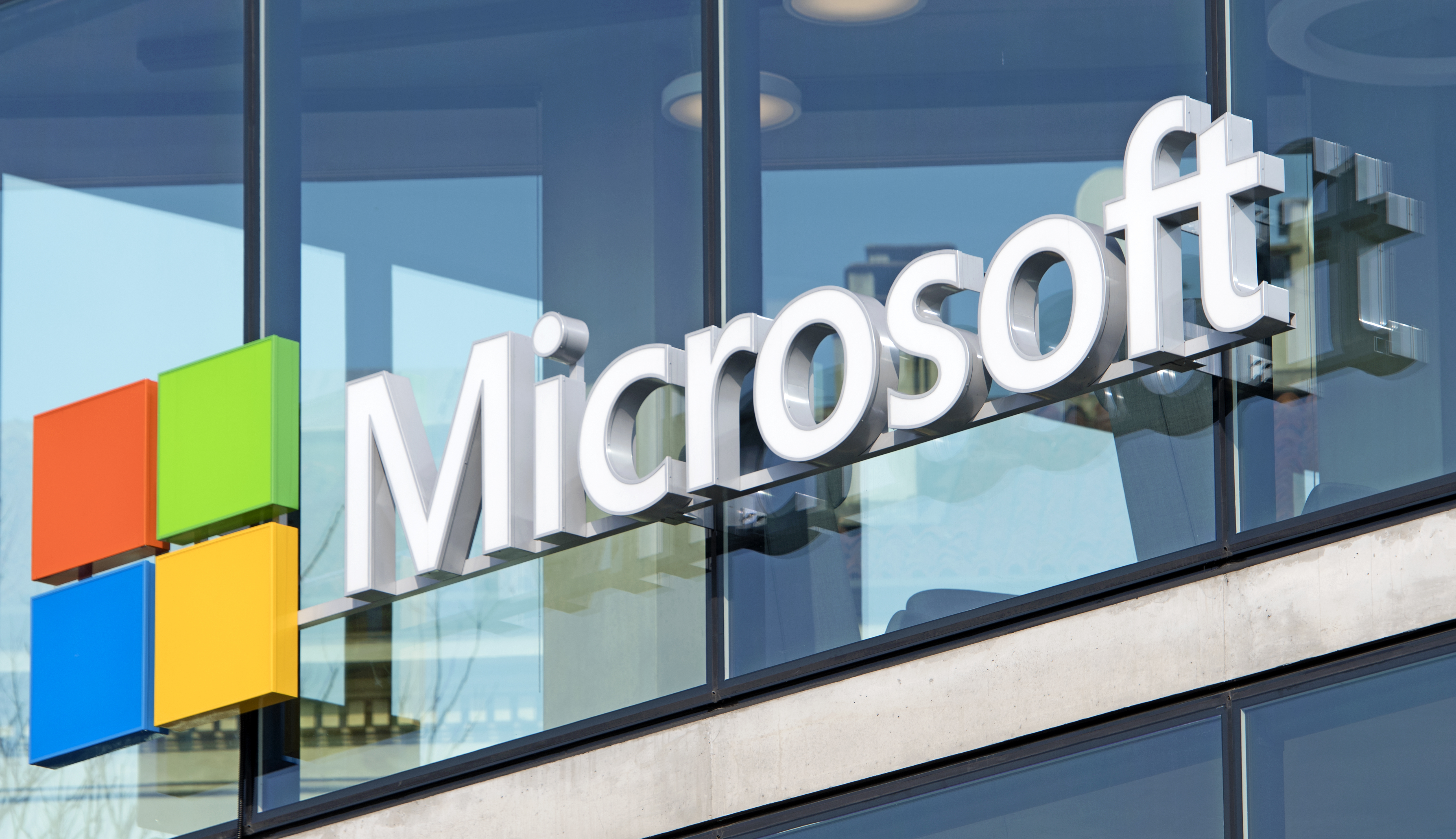Microsoft lays out water-positive plans for next decade
Microsoft plans to focus its water savings on 40 high-stress basins worldwide

Amid its Ignite 2020 announcements, Microsoft confirmed its commitment to become water positive by 2030, taking its efforts to go green to a new level.
The tech giant has already vowed to become a carbon-negative, zero-waste company so adding a water-positive commitment will further enhance its efforts to protect the environment.
Being water positive means Microsoft intends to put more water back into the basins than it consumes company wide, from manufacturing plants to storefronts. But the firm won’t just replenish any basins. Instead, it’ll focus on the 40 most stressed water basins in the areas it operates.
Of course, Microsoft can’t simply produce water. Instead, it’ll focus on projects that will improve the basins, like wetland restoration and removing impervious materials blocking basins from being replenished.
On the conservation side, Microsoft can take even more action to reach its 2030 goal. First, its new Silicon Valley campus, which opens later in 2020, boasts an on-site rainwater collection system and a water-treatment plant, so 100% of the campus’ nonpotable water is recycled. This will help save 4.3 million gallons of water per year.
In its Herzliya, Israel campus, Microsoft is installing water-efficient plumbing features that increase conservation by 35%. It’ll also use 100% of water and condensation from air conditioners to water plants on the campus.
At the Hyderabad campus in India, Microsoft supports 100% treatment and reuse of wastewater for landscaping, flushing, and cooling tower makeup.
Get the ITPro daily newsletter
Sign up today and you will receive a free copy of our Future Focus 2025 report - the leading guidance on AI, cybersecurity and other IT challenges as per 700+ senior executives
Microsoft’s Puget Sound headquarters is going through a redevelopment that’ll include rainwater harvesting for reuse in flush fixtures. It’s also installing low-flow fixtures. This should save an estimated 5.8 million gallons of water yearly.
Finally, Microsoft’s Arizona data center, which will open in 2021, will use zero water for cooling for over half the year. The center will make use of adiabatic cooling, which uses outside air instead of water for cooling when temperatures are below 85 degrees Fahrenheit. When temperatures creep above that level, it’ll switch to an evaporative cooling system, which uses less electricity and 90% less water than other water-based alternatives.
-
 Bigger salaries, more burnout: Is the CISO role in crisis?
Bigger salaries, more burnout: Is the CISO role in crisis?In-depth CISOs are more stressed than ever before – but why is this and what can be done?
By Kate O'Flaherty Published
-
 Cheap cyber crime kits can be bought on the dark web for less than $25
Cheap cyber crime kits can be bought on the dark web for less than $25News Research from NordVPN shows phishing kits are now widely available on the dark web and via messaging apps like Telegram, and are often selling for less than $25.
By Emma Woollacott Published